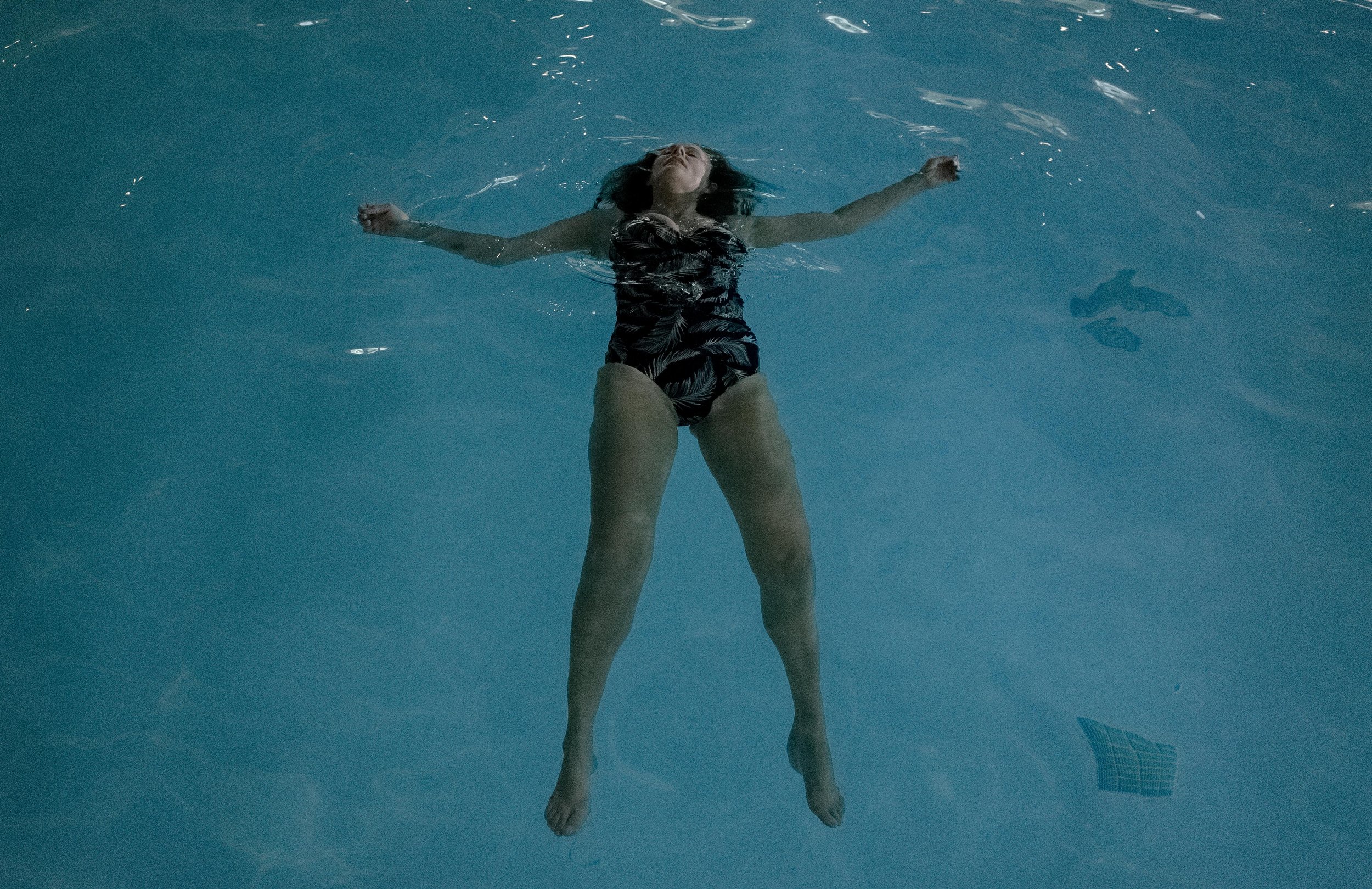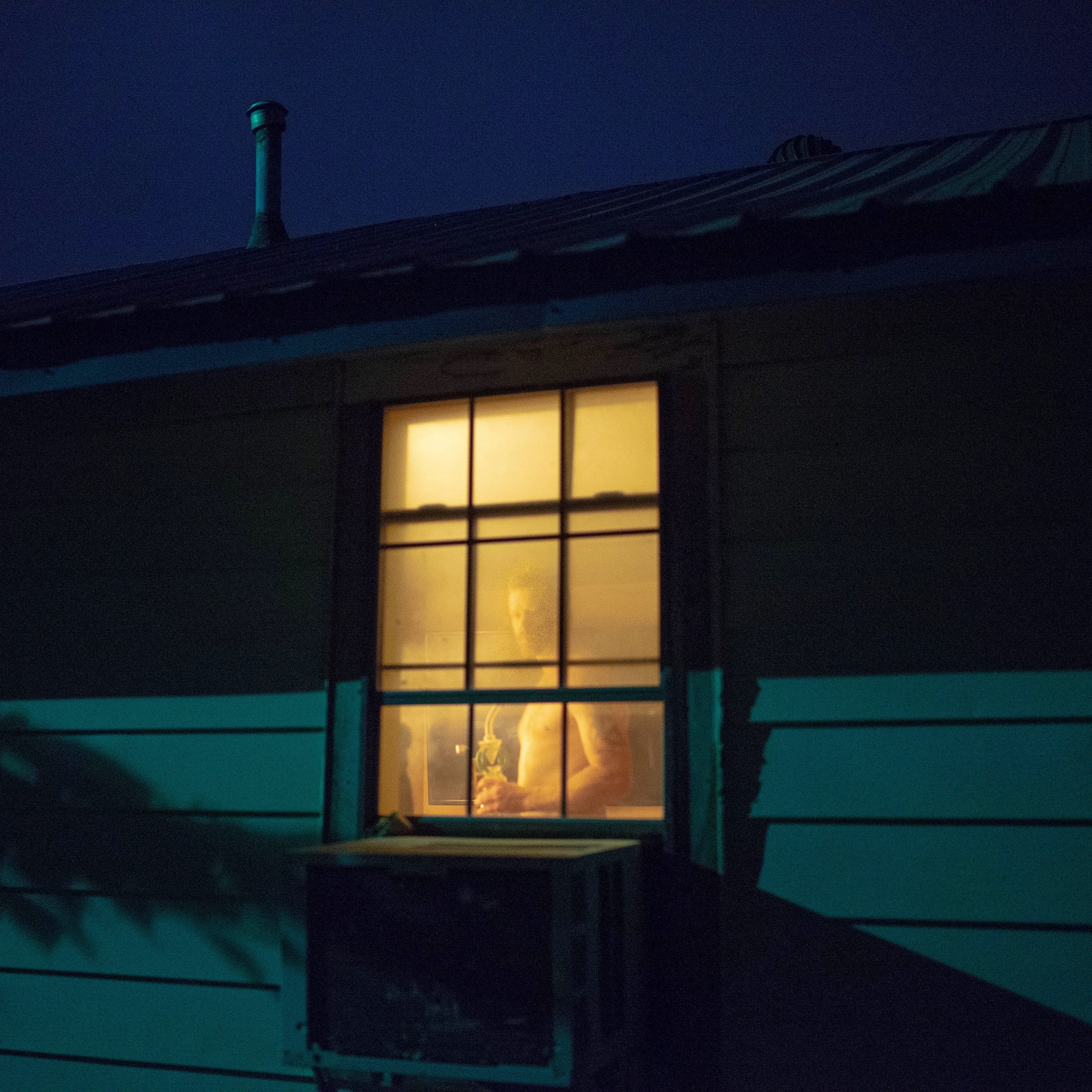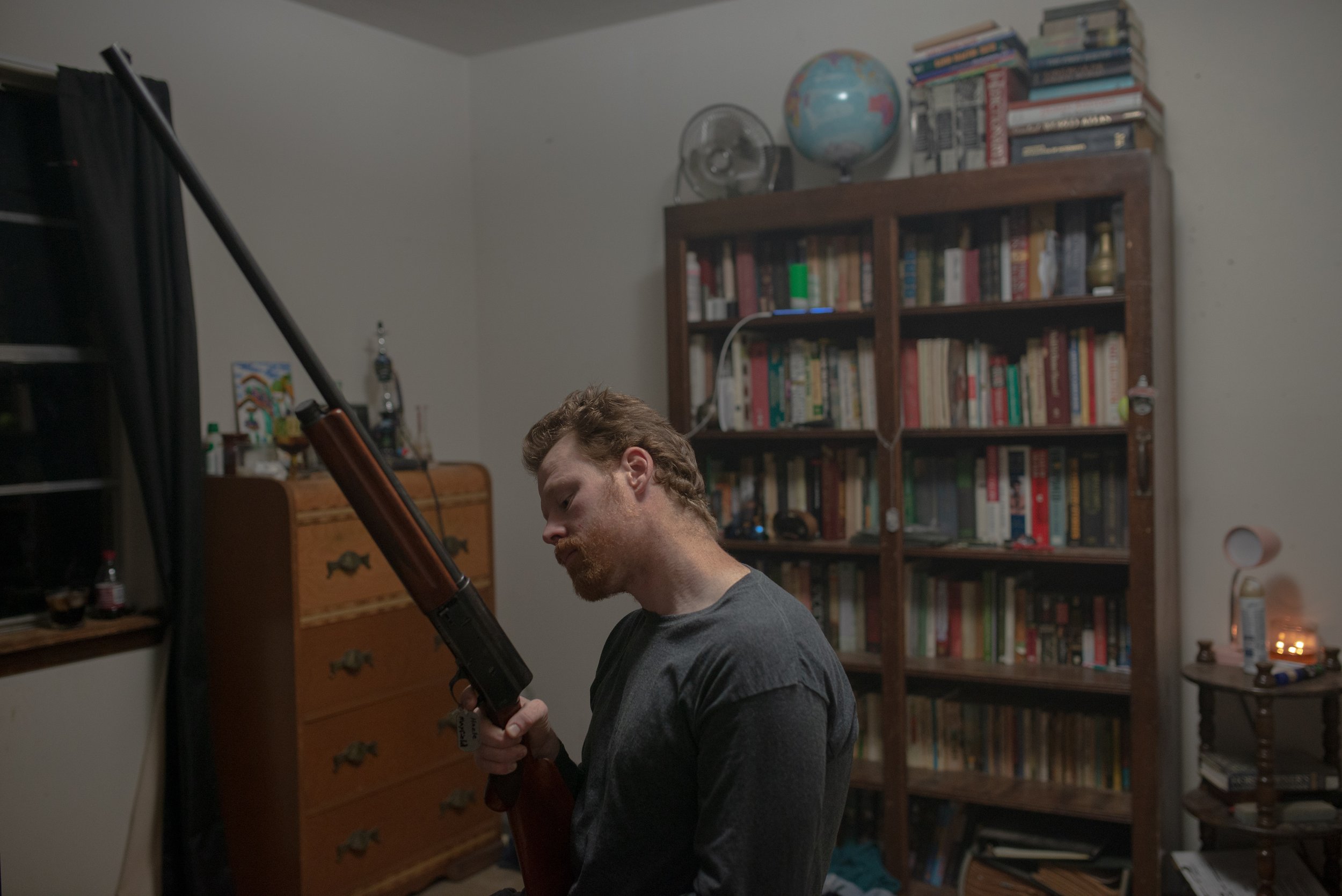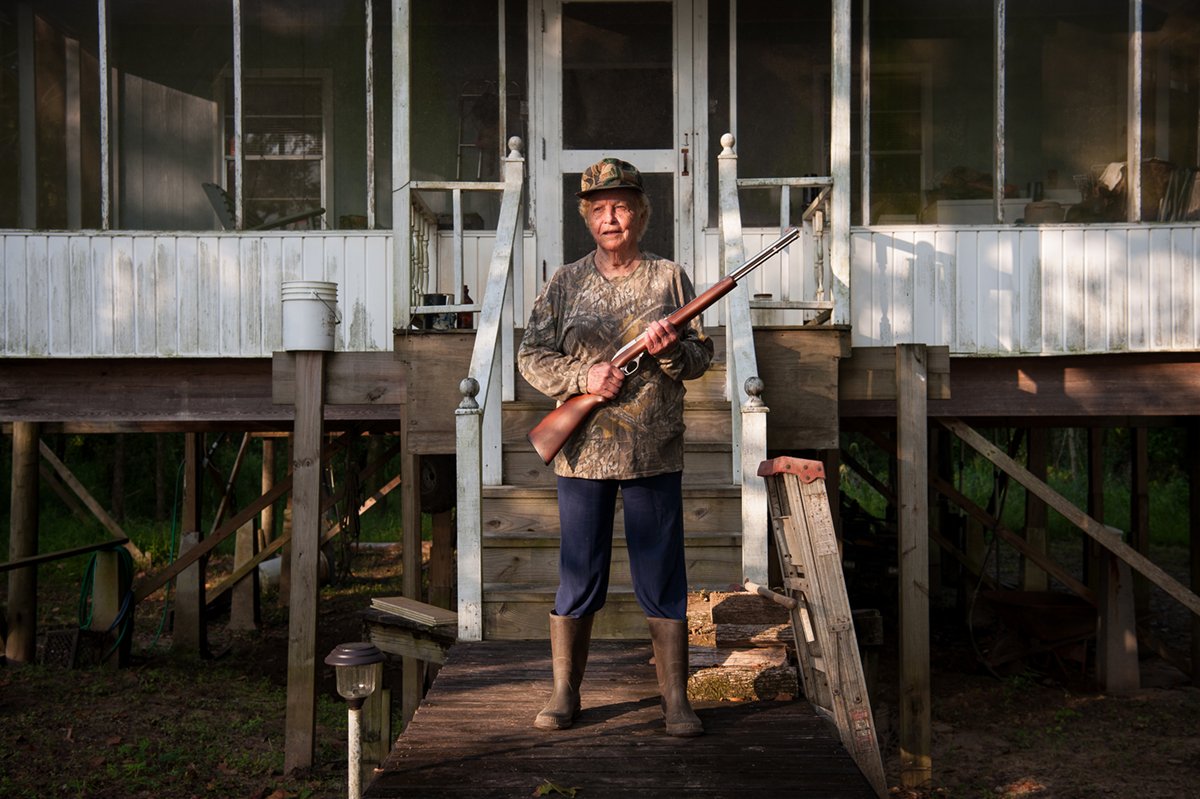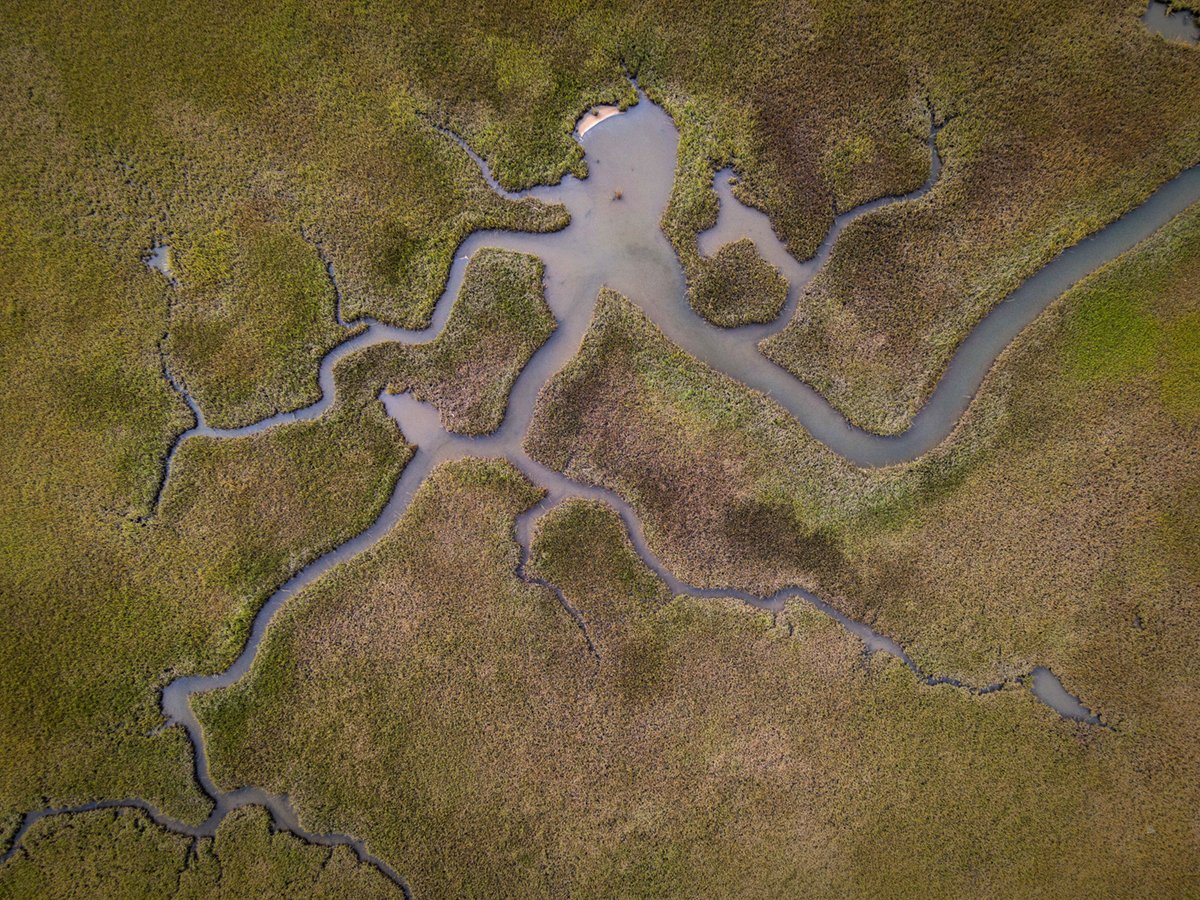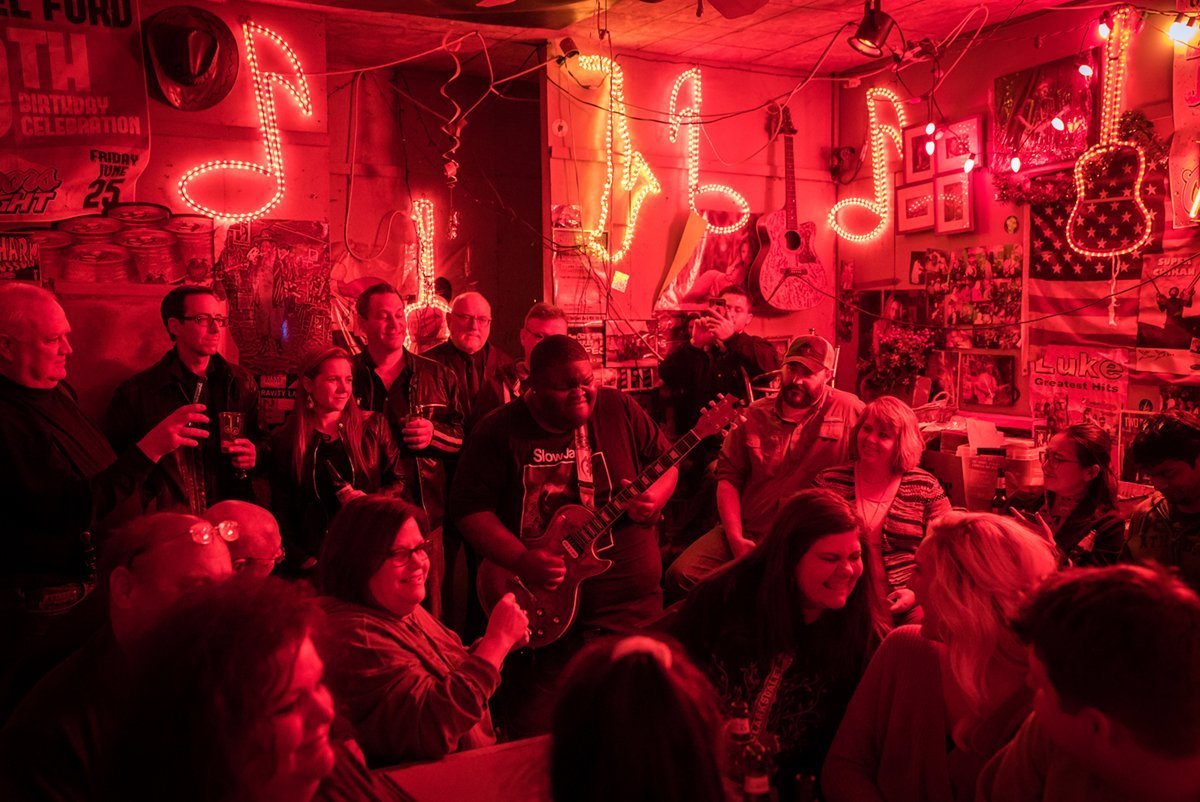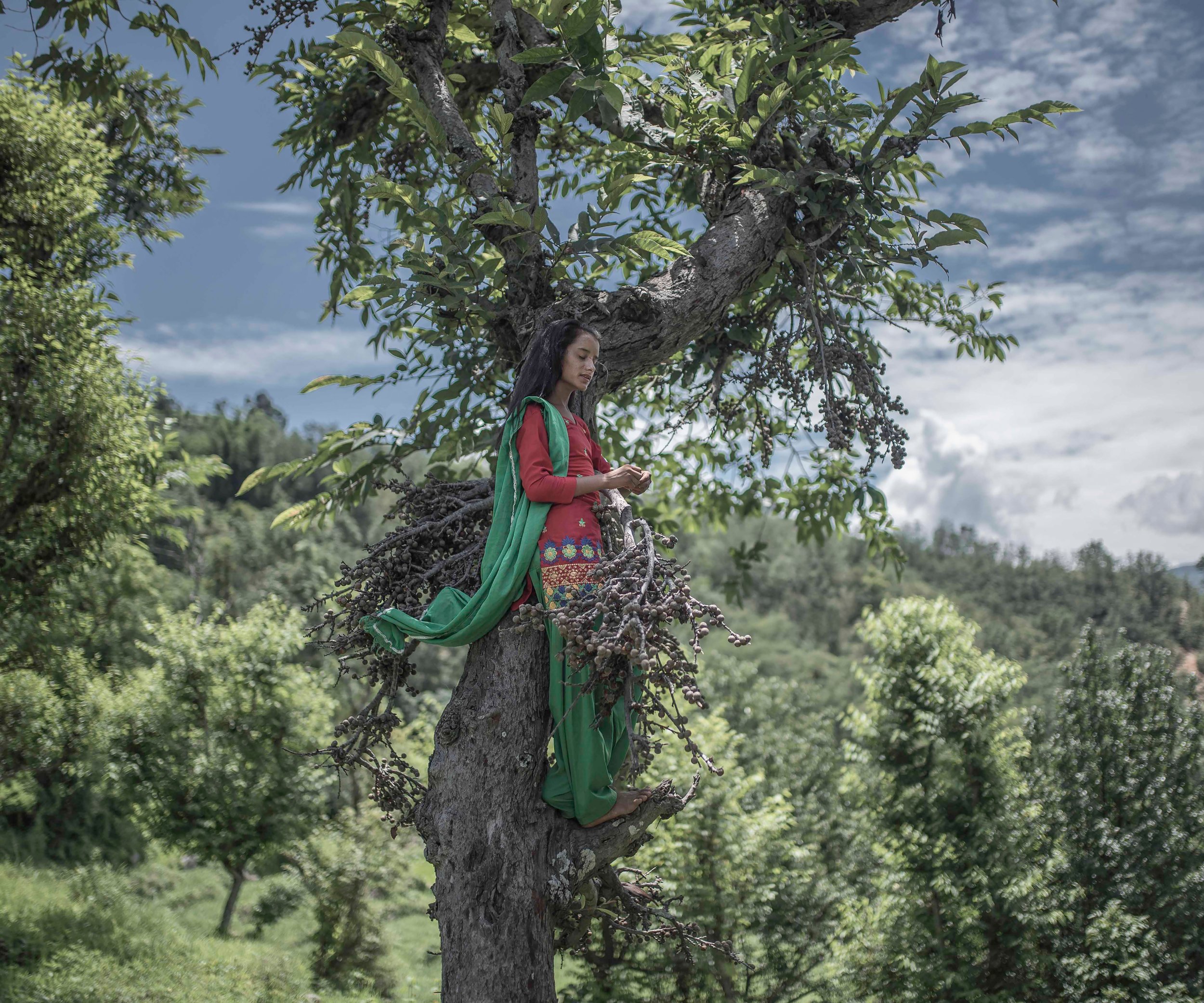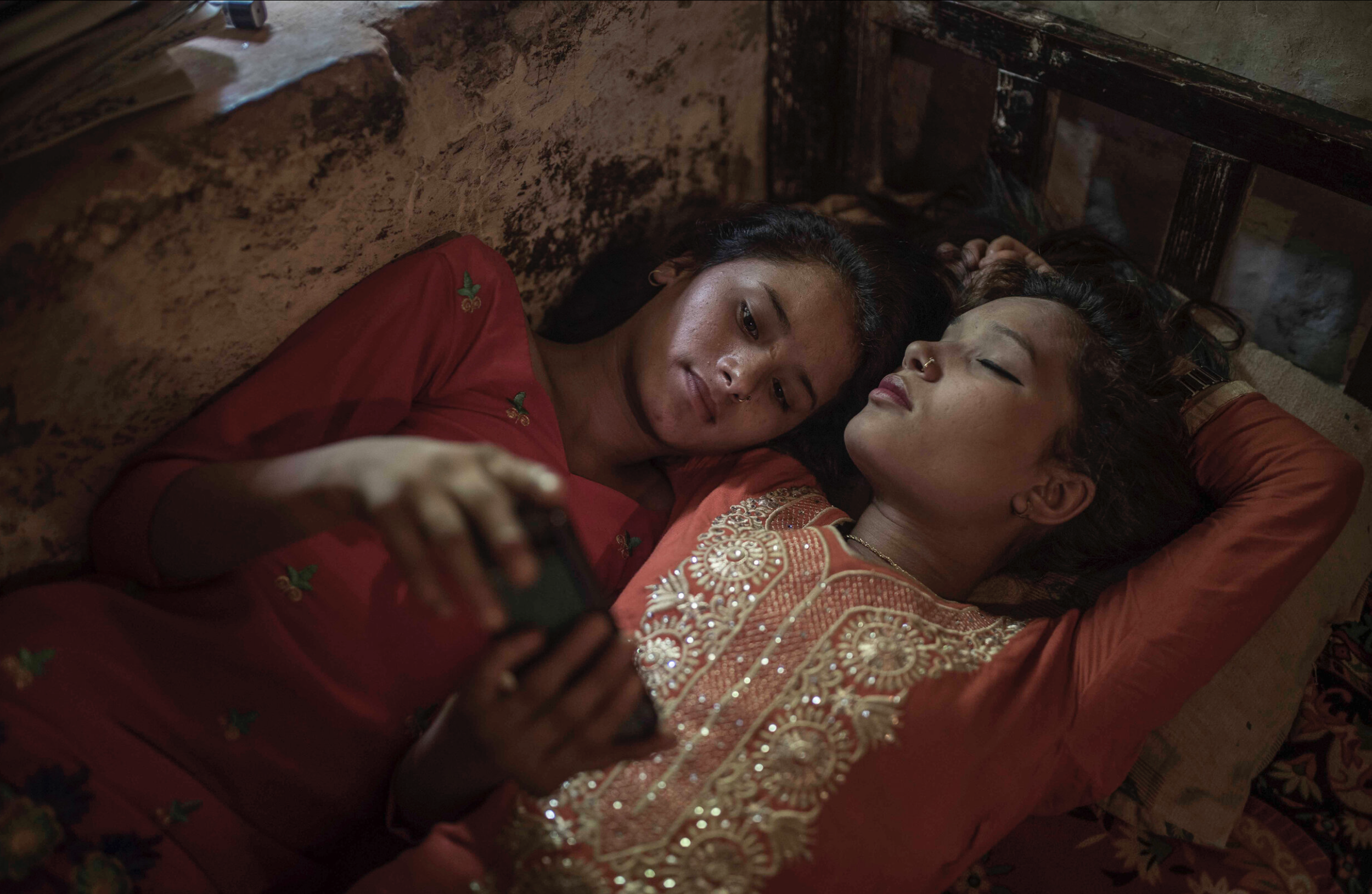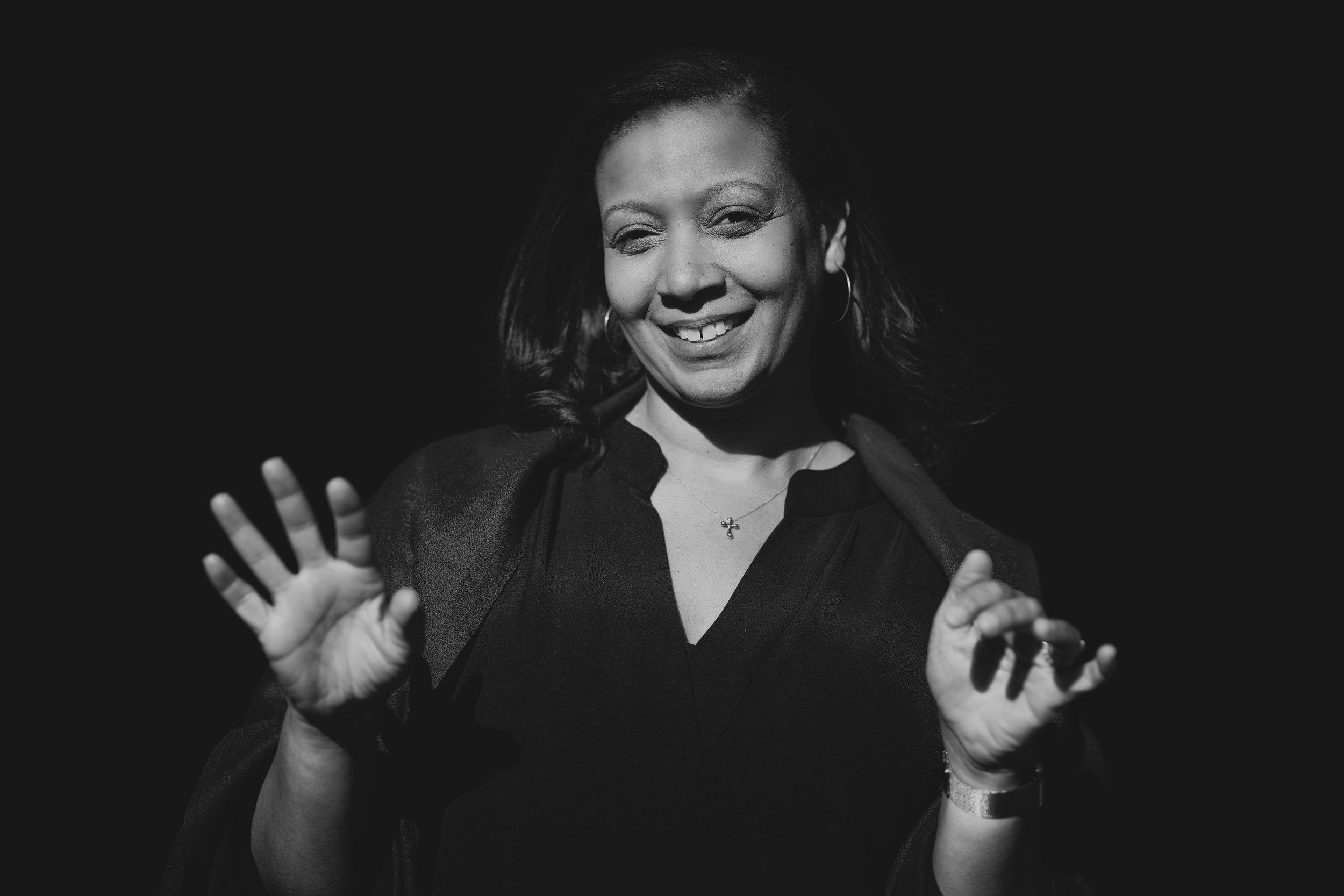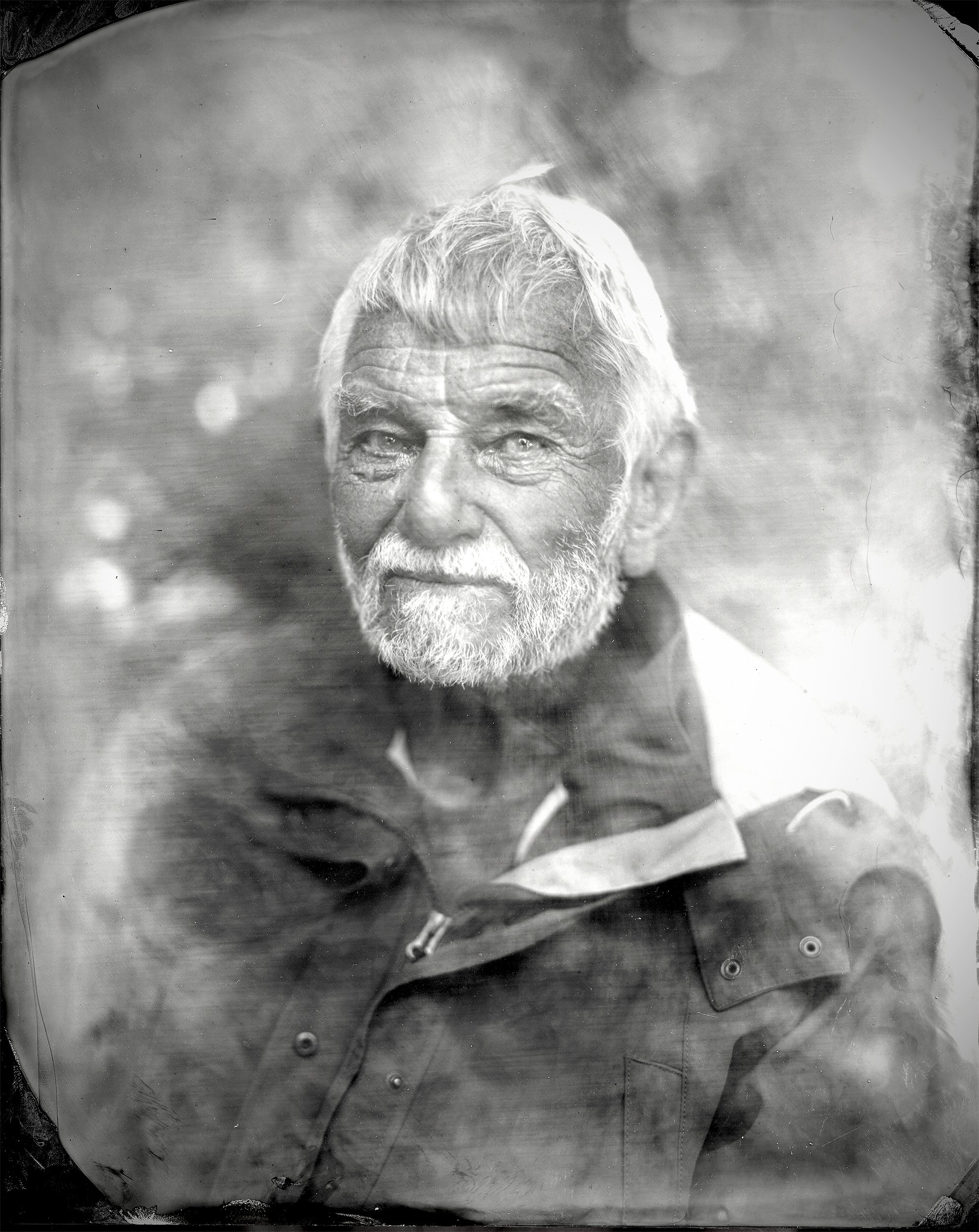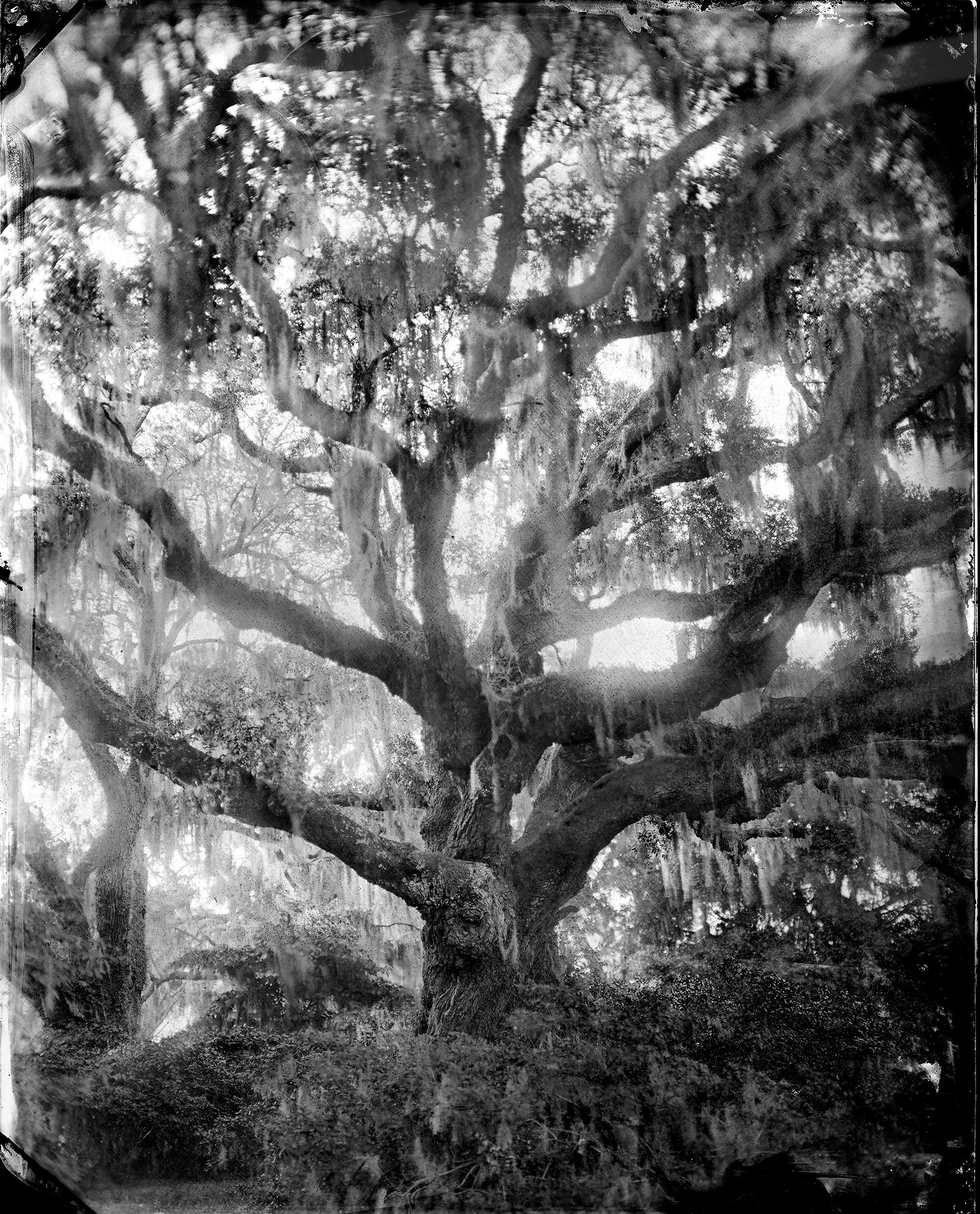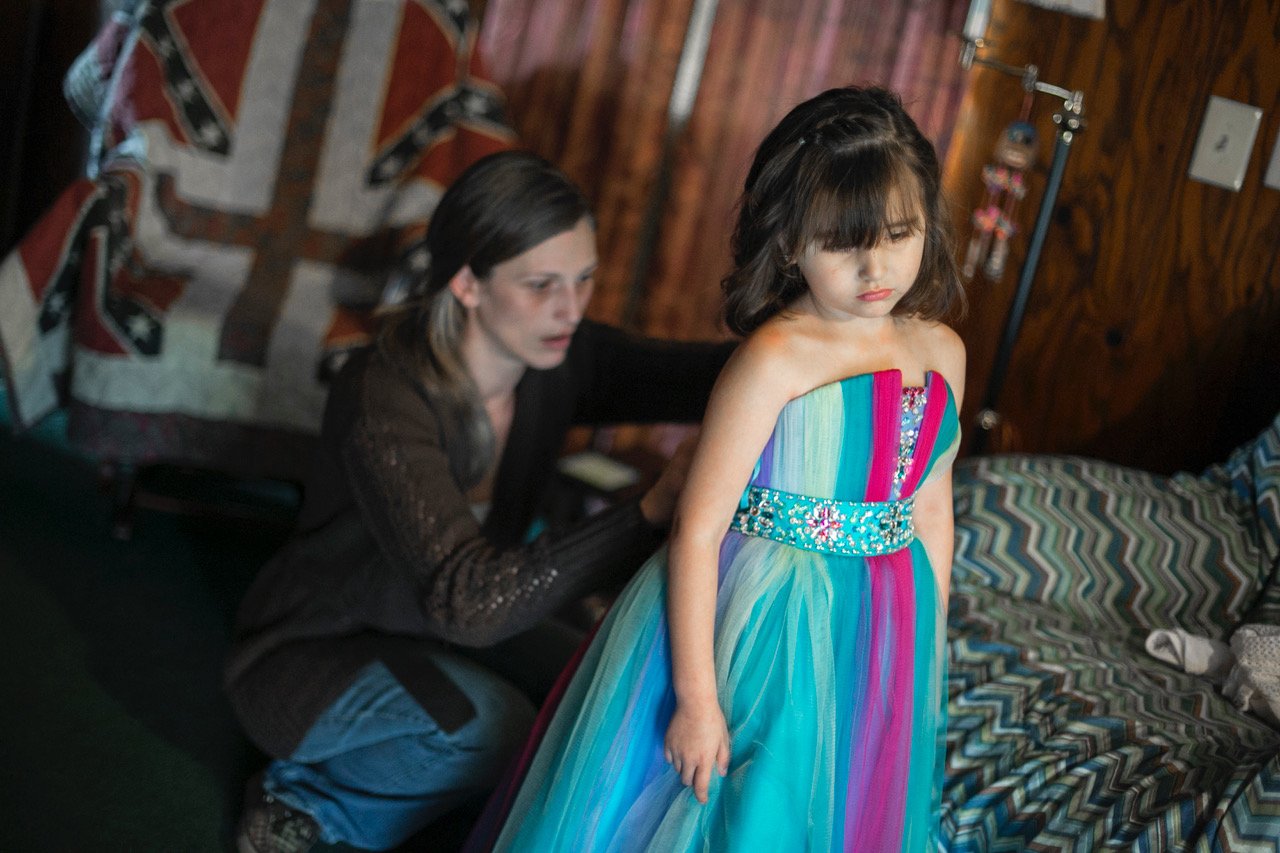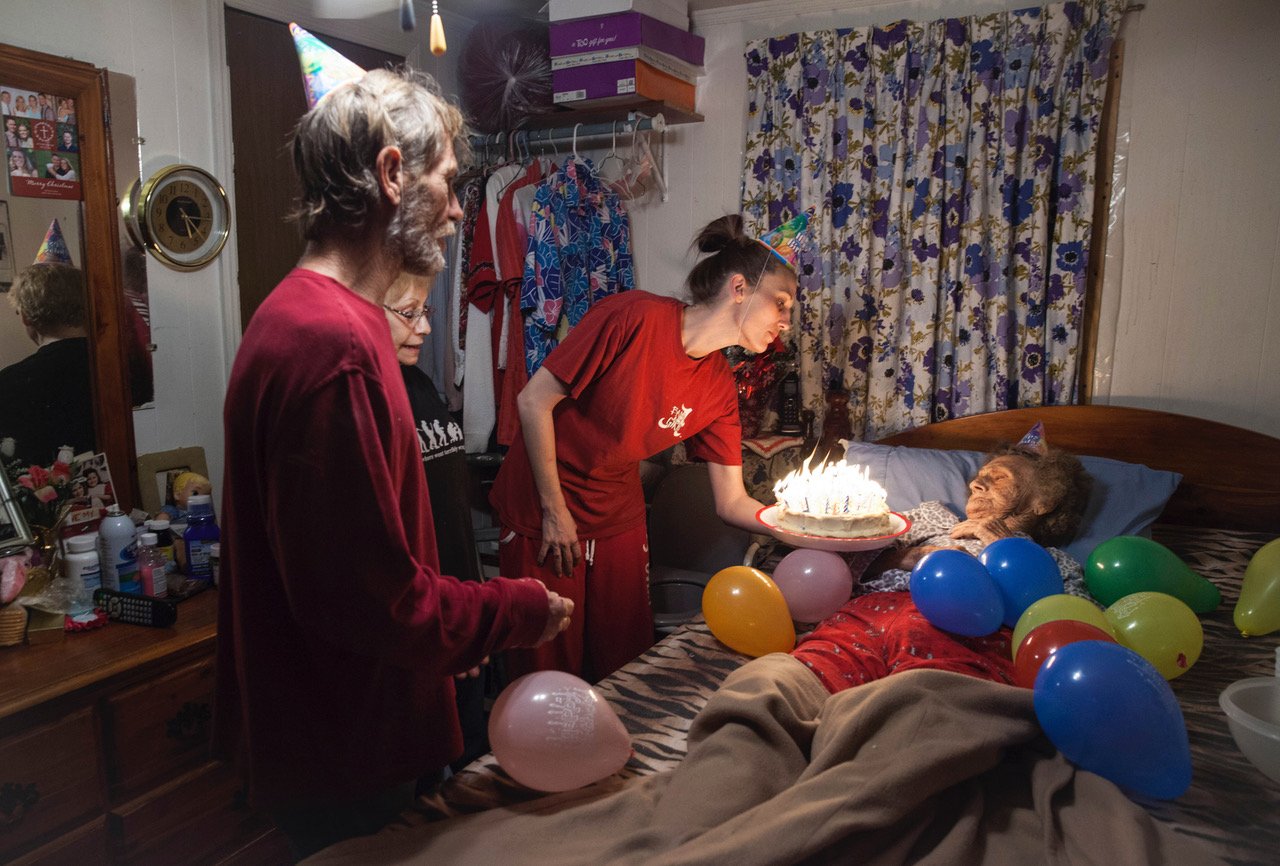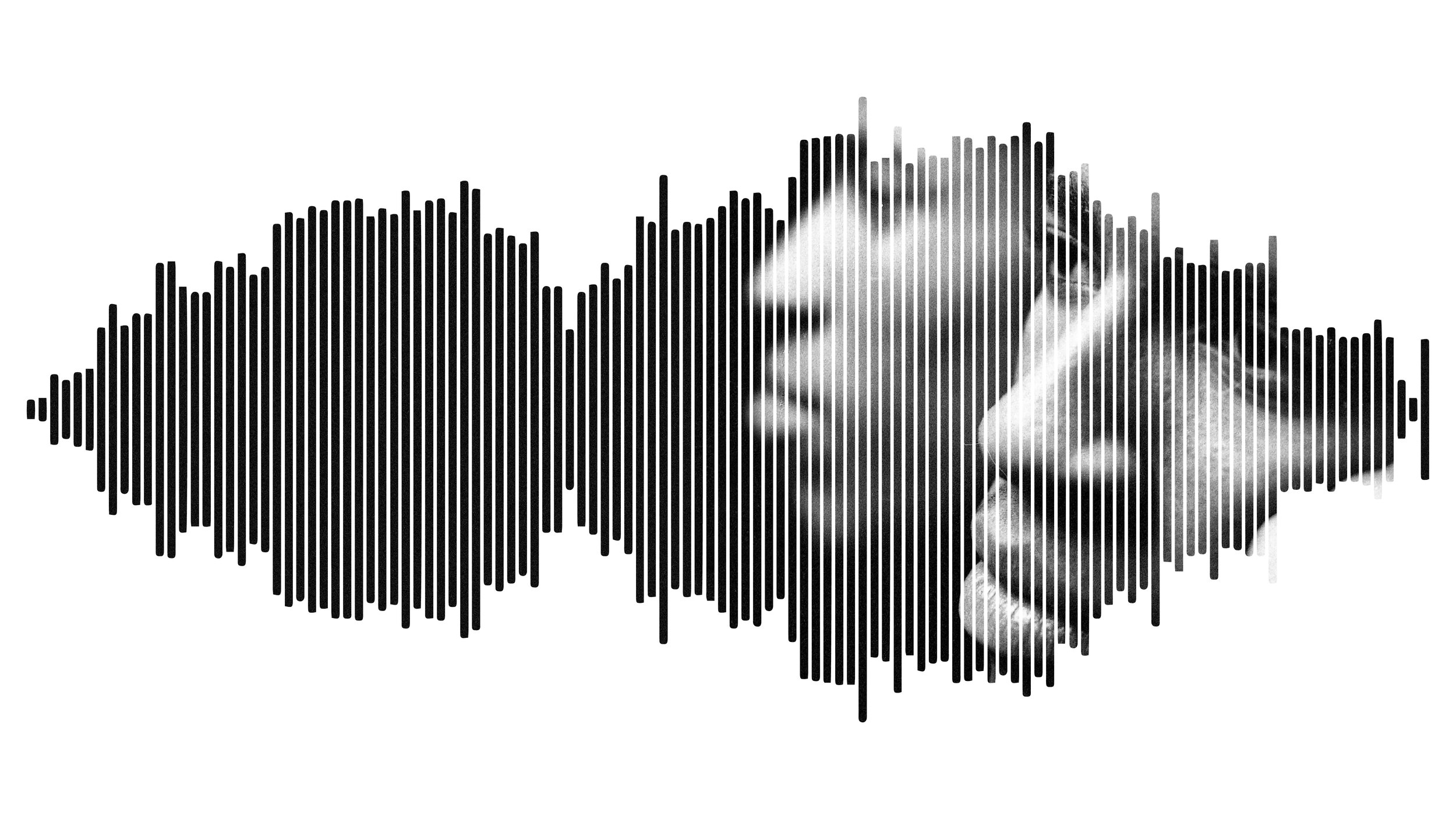Over the past seven years, including the disruption from the pandemic, I’ve had the great privilege to create, with Jim Estrin of the New York Times, a unique and incredibly powerful mentoring program at the Anderson Ranch Arts Center in Snowmass, Colorado.
The Center for Advanced Mentored Studies is a three-year mentorship that is part of The Center, an initiative overseen and developed by the great Andrea Wallace, Artistic Director of Photography and New Media, and Chair of The Center. The Center also has three-year programs for ceramics, sculpture, digital fabrication, and painting.
When Andrea, Jim and I first came up with this program, the basic idea was that to produce anything of significance you needed a substantial amount of time to do it, as well as the support of a cohort, expert training, plenty of feedback and a safe space to express yourself. Somehow we have managed to accomplish that, in large part because of the great people who have passed through this program. In the end, the goal of this program is for participants to create books, exhibitions, websites, films, large bodies of photographic work and in one case, possibly a major documentary or narrative film. Being a part of these cohorts’ journeys has been one of the most rewarding teaching experiences of my life and provided a significant opportunity to mentor with depth, commitment and vision.
Along with Andrea, Jim and I have worked with four different groups, each over a three year period, to create the most unique and powerful community I’ve experienced in my role as teacher and mentor. Some of the brightest talents in our profession have passed through this program, going on to win World Press awards, get hired by the likes of the Washington Post, National Geographic, The New York Times and much more.
Early next year, in 2023, The Ranch will be announcing two new sections of this three-year program. Jim and I are thrilled to have the continued opportunity to be a part of something that is so deeply serving for both the cohorts and ourselves. If you’re interested, please go to this link to learn more.
I’ve decided to showcase some of the work of recent participants below. Please check it out and stay tuned for more!
TW: addiction, violence
September Dawn Bottoms (she was, in fact, born on a September dawn) is a self-taught photographer from Oklahoma. She focuses on women’s and social issues, and also endeavors to explore her family through photography to better understand the effects of intergenerational trauma. In June of 2020 she joined The New York Times as a Photography Fellow. She was also a 2020 Joop Swart Masterclass Participant.
Juan Diego Reyes is a documentary photographer based between Colombia and Asheville, NC. His project Strangers In Their Own Land examines the impacts of climate change on vulnerable populations in the American South through a human perspective in connection to the environment and the relationship with the concept of identity.
Rory Doyle is a freelance photographer based in Cleveland, Mississippi. He was a 2018 Visual Artist Fellow through the Mississippi Arts Commission and has exhibited in New York, London, Atlanta, Mississippi and beyond. His work has been published in The New York Times, Smithsonian Magazine, Washington Post, POLITICO, ProPublica, ESPN, The Guardian and numerous publications.
Modifying on the Mississippi is an ongoing project that highlights the constant changes taking place on the lower Mississippi River, from St. Louis all the way down to the Gulf of Mexico. The body of work focuses on the landscape, history, culture and industry that define this iconic American river. The project grows as Doyle continue to work along the river, and he has also included images from his archive, dating back to 2009 when he first moved to the rural Mississippi Delta.
Maria Contreras Coll is a National Geographic Explorer and a documentary photographer and visual storyteller based in the Empordà region, near Barcelona, Spain. She sees photography as a tool for transformation and as a personal quest, she is committed to highlighting how women are transforming patriarchal notions and social structures in within religion and spirituality. With a collaborative approach and combining long-term practice and research, she captures people’s stories intimately.
After finishing her degree in Fine Arts in Barcelona, she joined a postgraduate degree in Photojournalism at the Autonomous University of Barcelona as a valedictorian. She spent the next year working on the refugee and migrant crisis in Europe, traveling and living in the Spanish enclave of Melilla, Greece, France, Germany, and Morocco. She lived in Nepal between 2017 and 2018 to document how women are transforming menstrual restrictions in the country. She is currently exploring the concepts of women and religion thanks to the support of the National Geographic Society and studying Narrative Practices by Collectivo Mexico.
Christopher Michel is the inaugural Artist-in-Residence at the National Academies of Sciences, Engineering and Medicine. His appointment is focused on leveraging visual storytelling to elevate the work of scientists, engineers and medical professionals in society.
Chris graduated from the University of Illinois and holds an MBA from the Harvard Business School and an honorary Doctorate from Tiffin University. Chris serves on the board of Dale Carnegie and Catchlight, a non-profit focused on supporting photographers and innovative leaders in the field of visual storytelling. Chris is also an advisor to the Union of Concerned Scientists, a Crown Fellow at the Aspen Institute, a Fellow of the Royal Geographic Society, and a member of the Explorers Club.
Ginna McGee Richards is a photographer, historian, and environmental lawyer who lives in North and South Carolina. Her wet-plate collodion photographs have been exhibited at the Light Factory in Charlotte, North Carolina (2018, 2019), and the North Carolina Museum of Art in Raleigh, North Carolina (2022). In March 2022, the Smithsonian Magazine published her documentary work on “The Inner Passage" of colonial America as a feature article with author Imani Perry.
The Inner Passage documents an ancient hand-dug waterway that was constructed by enslaved men through the Lowcountry of South Carolina and Georgia in the late 1600s. In this series, photographs made with the wet-plate collodion process create not only a historical record but also a visual poem, allowing us to explore our own understanding of the past.
Nicole Craine is a documentary filmmaker and photojournalist with a focus on sociopolitical issues in the southeastern United States. Nicole serves on the Advisory Board of Everyday Projects and is the founder of Everyday Rural America, a social media project dedicated to featuring stories from communities and storytellers working outside of cities and urban areas. She is a regular contributor to New York Times, Wall Street Journal, Bloomberg, Washington Post, Redux and Associated Press. Her work has been featured in New York Times Magazine, Vanity Fair, Vogue, Marie Claire Magazine, Columbia Journalism Review, ESPN, and the Intercept.
Her project Kinfolk takes an intimate look back at five generations of her family knotted together with violence, substance abuse, imprisonment and poverty.
Trey L. Broomfield is an internationally exhibited artist from El Paso, Texas, USA, working primarily in digital photography, video, and spoken word. In 2015, Trey graduated from New Mexico State University with a Bachelor's in Fine Arts. Much of Trey's work draws inspiration from artists such as Hank Willis Thomas, Bayete Ross Smith, and Shepard Fairey conceptually and formally. His work often speaks on the relationship between media, language and disenfranchised communities.
These Words Are Everything explores language in relation to troubled and incarcerated youth, with concepts such as linguistic relativity along with mental health and social disparities acting as reference points. Through the pairing of audio, photography, and poetry the goal of this project is to amplify the voices of the youth and break the stigma of incarceration.

